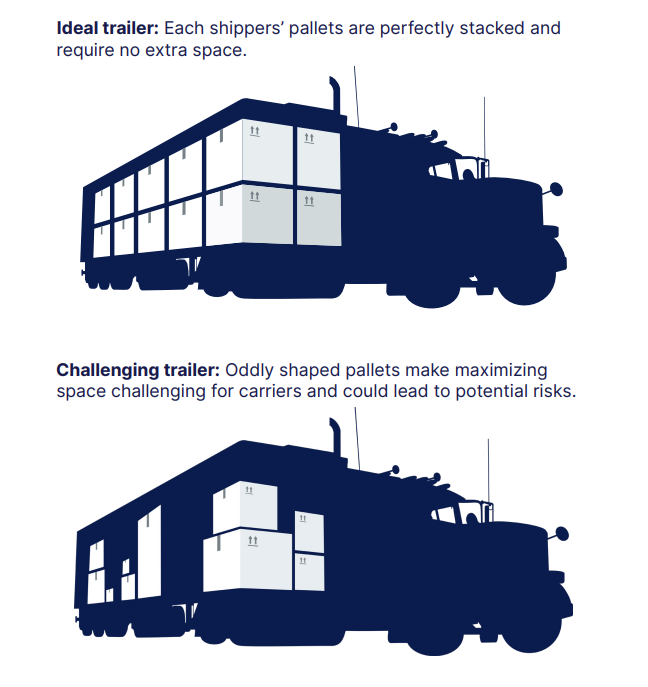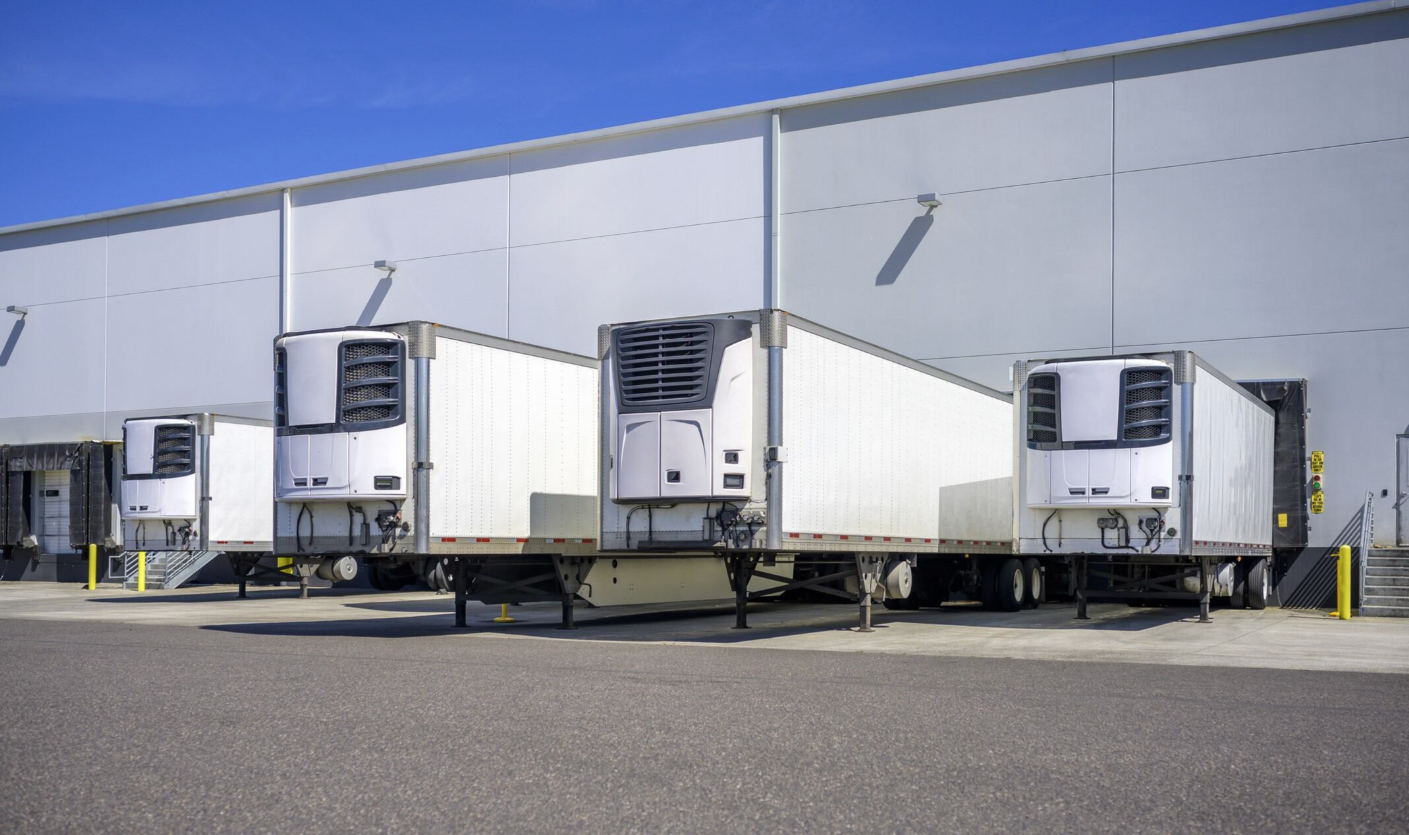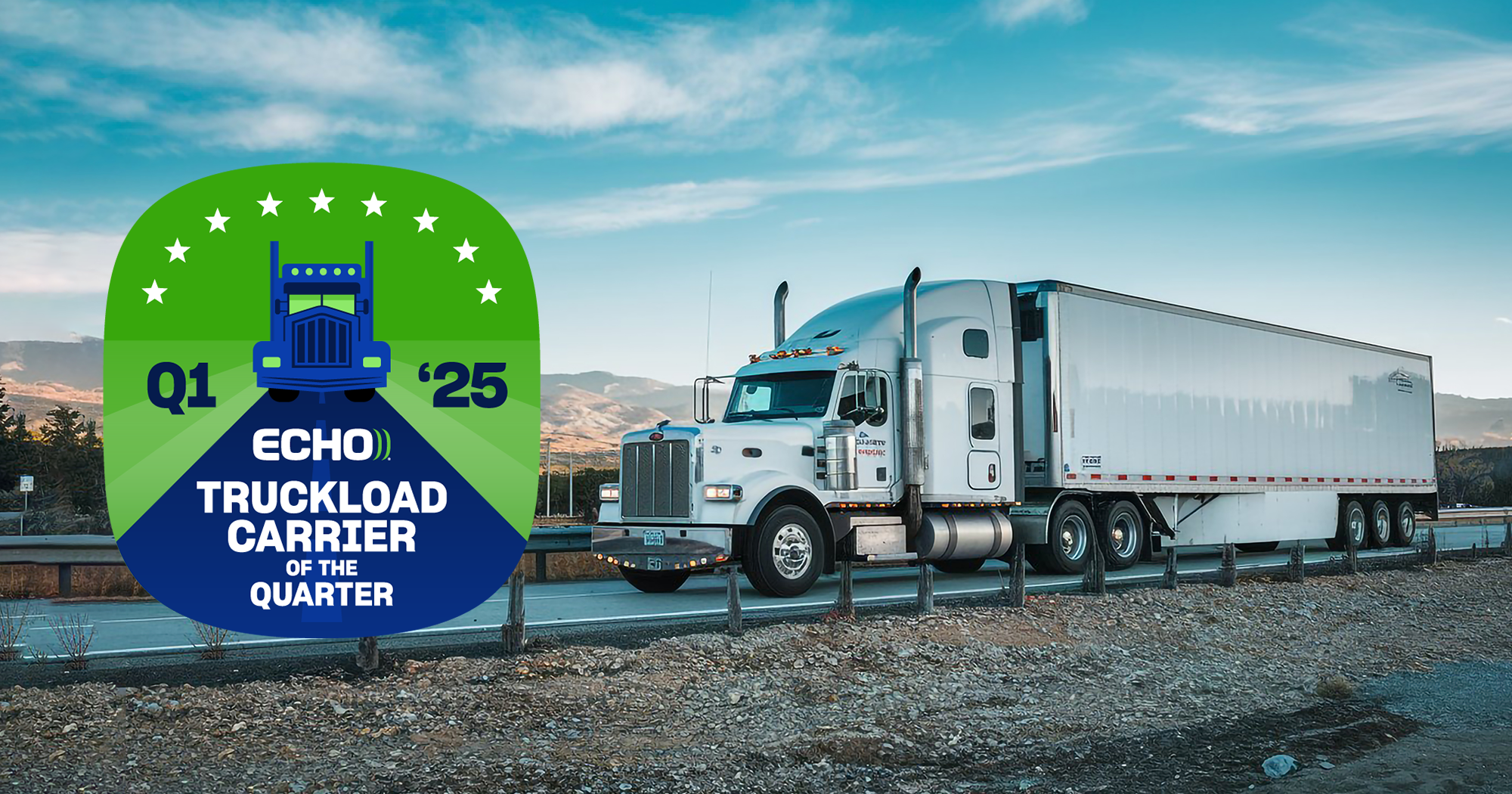In an ever-evolving industry, Echo is here to help you navigate and understand complex transportation topics. Your freight class, established by the National Motor Freight Classification (NMFC), helps determine shipping costs as well as liability. There are 18 different classes, also referred to as codes, which exist in order from 50 to 500. Lower class numbers typically translate to cheaper shipping costs as these items tend to be easier to ship.
Freight classes are determined by your shipment’s transportation attributes. Here are a few of the primary characteristics NMFC codes identify to help you as understand your unique classification:
- Freight density: How does your shipment’s weight compare to its size?
- Density is identified by the space an item occupies in direct connection with its weight. It’s calculated by dividing the weight of the item in pounds by its volume in cubic feet. Density guidelines assign class 50 to freight that is more than 50 pounds per cubic foot (PCF). Freight with a density of less than 1 PCF is assigned class 500. The denser your freight is, the less it will cost you per pound to ship.
- Liability: How likely is your freight to be damaged or targeted for theft?
- Freight that is perishable or combustible is likely to be assigned a higher freight class. Commodities that are considered highly valuable, such as copper or electronics, also receive a higher freight class.
- Handling: Does your shipment require specific equipment to load or unload, or any additional handling requirements?
- If loading or unloading your freight requires special equipment due to its weight, shape, fragility, or hazardous material contents, it could be assigned a higher freight class.
- Stowability – How does your shipment fit with your transportation mode? Does it require additional capacity or can it be transported with other shipments?
- If your freight is difficult to stow with other items in a shipment, this can raise the freight classification. Additionally, items that are under government regulation or are subject to certain carrier policies may not be able to ship with other items. Basically, anything that limits freight storage options results in a higher freight class.
These characteristics ultimately identify how difficult it is to transport an item. In other words, the higher the class, the higher the freight rates per pound. Regardless of the initial price, a shipper’s ability to correctly label a shipment’s class code and number on a bill of lading can mean the difference between a hassle-free experience and an unexpected carrier reclassification fee. Carriers are paid for the services they provide, so they might reclass your shipment, charge you for the incremental rate, and add a fee for all the trouble.
Utilize Echo’s team of experts to ask the important questions when it comes to transporting loads and understanding your freight class. Our dedicated team, supported by our leading technology, means you’ll always get the answers you need to ship your loads securely, efficiently, and with the proper freight identification. Reach out to our team today for additional resources.

For more information on shipping with Echo, visit echo.com or contact us at info@echo.com.



